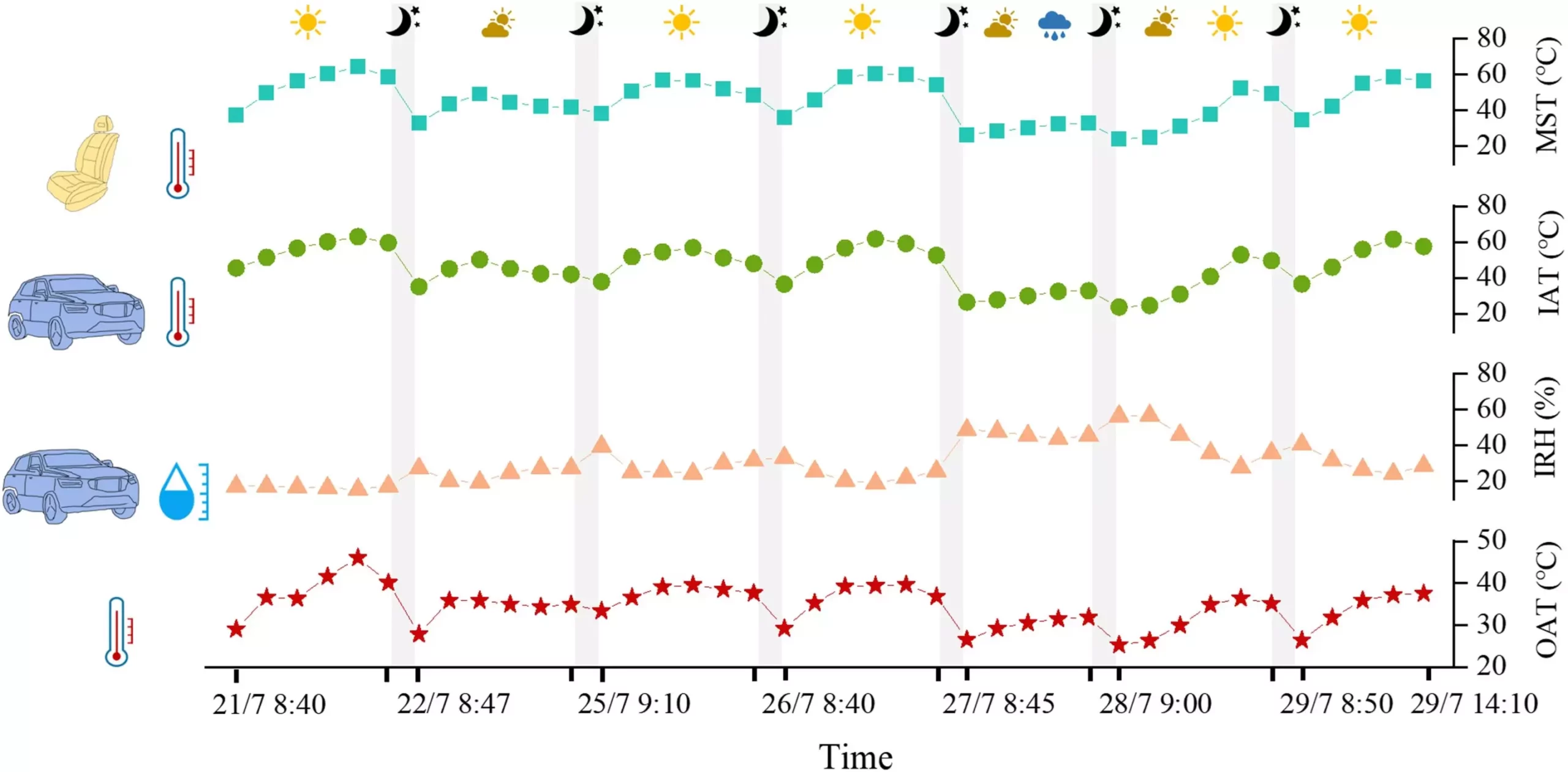For many consumers, the scent of a newly purchased vehicle is intoxicating—often referred to as the “new car smell.” This elusive fragrance arises from a concoction of volatile organic compounds (VOCs) released by materials used in car manufacturing. While this scent can stir excitement and a sense of luxury, a growing body of research suggests that it carries with it a host of potential health risks that are too easily overlooked. Recent studies reveal alarming levels of harmful chemicals, primarily formaldehyde and other aldehydes, lurking within the cabins of new cars, particularly during those sweltering summer days when temperatures soar.
An Eye-Opening Study
Research conducted by Jianyin Xiong and Shaodan Huang highlights the stark reality of in-cabin VOC emissions. The study meticulously collected data from several vehicles over summer days with temperatures ranging from 77.5°F to an astonishing 115°F. The findings are staggering: formaldehyde levels occasionally exceeded 200 µg/m³, nearly double the Chinese national concentration limit of 100 µg/m³. Even more troubling, acetaldehyde levels reached up to 140 µg/m³, surpassing the national guideline of 50 µg/m³. This data compels us to reconsider the very thing that draws us to a new vehicle—the supposedly delightful aroma is, in fact, a cocktail of toxic substances.
Health Implications: More Than Just a Nuisance
The significant health implications associated with elevated VOC levels cannot be understated. Symptoms like fatigue, irritated eyes, dry cough, and even disorientation are just the tip of the iceberg for those exposed to these hazardous compounds. Chronic exposure may lead to more severe conditions, including respiratory diseases. This information should serve as a wake-up call for new car buyers, who may unwittingly be jeopardizing their well-being in favor of novelty. The vehicular atmosphere often resembles an unregulated laboratory, where the absence of stringent consumer awareness and health compliance presents a dangerous scenario.
Unraveling the Complexity: A Data-Driven Approach
The researchers employed an innovative machine learning model to grasp the intricacies of how various factors, particularly material surface temperature, influence in-cabin VOC concentrations. Such data not only enlightens us about sources of air pollution inside vehicles but also offers a promising avenue for mitigation. By developing a deep learning model to predict concentrations of multiple VOCs, the study lays groundwork for future applications, such as integration with intelligent car systems to monitor and control air quality.
The Path Forward: Consumer Awareness and Regulation
What does this mean for consumers and manufacturers? First and foremost, there needs to be a cultural shift in how we perceive car care and safety. As consumers become more informed about VOC emissions, the demand for transparency regarding cabin air quality will only amplify. In parallel, regulatory bodies should take note and consider stricter VOC limits for car interiors. Proactive measures are crucial for safeguarding public health in this era of rising temperatures and increased VOC emissions. The choice between a pleasant aroma and personal health should not be a dilemma; it’s time we prioritize safety over superficial allure.

